Schools of Anthias are one of the most vibrant sights on a coral reef and are highly desired in the marine aquarium....
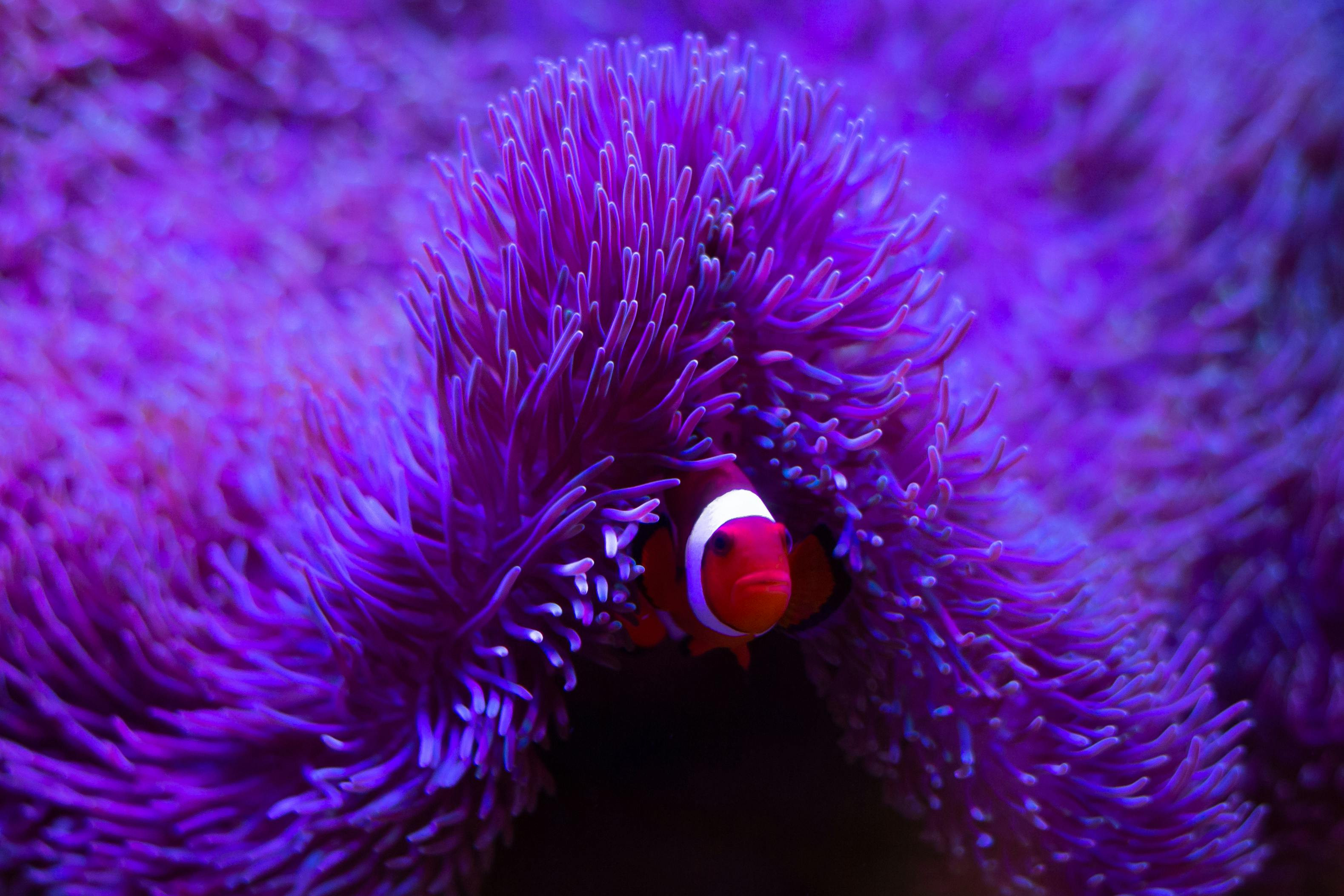
Understanding Fish Behavior: What Your Fish Are Trying to Tell You
Understanding the natural instincts of fish
Have you ever wondered what's going on in the minds of your aquatic pets? Fish may seem like simple creatures, but they have a rich inner world and complex behaviors that can reveal a lot about their physical and emotional well-being. To better understand your fish, it's important to first recognize their natural instincts and how they shape their actions.
At their core, fish are driven by a few fundamental needs: finding food, avoiding predators, and reproducing. These core drives dictate much of their behavior, from the way they swim and interact with their environment to the signals they send to other fish. For example, a fish's instinct to school with others is a survival mechanism that provides protection from predators and helps them locate food more efficiently.
Similarly, the innate desire to reproduce leads to distinct breeding behaviors, such as courtship displays, nest-building, and parental care. Understanding these natural behaviors can help you recognize when your fish are exhibiting normal, healthy conduct versus signs of stress or illness. By tuning in to your fish's instinctual actions, you can gain valuable insights into their overall well-being and make more informed decisions about their care.
Common fish behaviors and what they mean
Now that we've established the importance of recognizing fish's natural instincts, let's dive into some of the most common behaviors you might observe in your aquarium and what they can tell you about your fish's state of mind.
One of the most easily observed behaviors is swimming patterns. Fish that are swimming in a smooth, relaxed manner are generally content and healthy. However, if you notice your fish darting around the tank erratically, it could be a sign of stress or discomfort. Excessive darting can indicate high levels of ammonia or other water quality issues that are causing distress.
Another key behavior to watch for is schooling. Many fish species are naturally inclined to swim in coordinated groups, and this social behavior is a sign of a secure, well-adjusted school. If your fish are staying close together and moving in sync, it's a good indication that they feel safe and secure in their environment. Conversely, if your fish are isolating themselves or avoiding their tank mates, it may signal underlying problems like aggression or illness.
Fin and gill movements can also provide valuable insights into your fish's well-being. Healthy fish will typically have smooth, even fin movements and relaxed, rhythmic gill flaring. But if you notice ragged, clamped fins or rapid, erratic gill movements, it could be a sign of stress, disease, or water quality issues that need to be addressed.

Aggressive behavior in fish and how to address it
While fish are generally peaceful creatures, aggressive behaviors can sometimes arise, especially in community tanks with a mix of species or when territorial disputes occur. Recognizing the signs of aggression is crucial for maintaining a harmonious aquarium environment and ensuring the safety and well-being of all your fish.
One of the most common aggressive behaviors is fin nipping, where one fish will repeatedly bite at the fins or tails of its tank mates. This can be particularly problematic, as damaged fins can become infected and lead to more serious health problems. Other aggressive behaviors include chasing, ramming, and displaying flared fins or gill covers.
If you observe these types of aggressive behaviors in your tank, it's important to take action right away. Start by ensuring that your aquarium is properly sized and stocked with the right ratio of fish species and genders. Overcrowding or an imbalance in the fish population can often trigger territorial disputes and aggression.
You can also try rearranging the décor or adding more hiding places to break up the line of sight between aggressive fish and their targets. In some cases, it may be necessary to remove the aggressor from the tank altogether, either by rehoming it or setting up a separate tank. With patience and the right management strategies, you can often resolve aggressive behavior issues and restore peace to your aquarium.
Signs of stress and anxiety in fish
While it's important to recognize and address aggressive behaviors in your aquarium, it's equally crucial to be aware of the signs of stress and anxiety in your fish. Stress can manifest in a variety of ways, and understanding these indicators can help you take proactive steps to maintain your fish's overall well-being.
One of the most common signs of stress in fish is erratic or abnormal swimming patterns. If your fish are darting around the tank, hiding excessively, or staying in one corner, it could be a sign that they are feeling anxious or threatened. Rapid gill movements, clamped fins, and a loss of appetite are also common stress indicators.

Prolonged stress can also lead to physical changes, such as changes in coloration or the development of white spots or other skin lesions. In severe cases, stress can even weaken a fish's immune system, making them more susceptible to disease and infection.
To help alleviate stress in your aquarium, it's important to ensure that your fish have a comfortable, well-maintained environment. This includes providing adequate space, suitable tank mates, hiding places, and proper water quality. Introducing calming elements, such as live plants or driftwood, can also help create a more soothing atmosphere for your fish.
If you notice persistent signs of stress in your fish, it's a good idea to consult with a veterinarian or experienced aquarium hobbyist to identify and address the underlying causes. With the right interventions, you can help your fish regain their sense of security and thrive in their aquatic home.
Identifying signs of illness in fish
While understanding fish behavior can provide valuable insights into your aquarium inhabitants' overall well-being, it's also important to be able to recognize the signs of illness. Recognizing and addressing health issues in a timely manner can make a significant difference in the long-term survival and quality of life for your fish.
One of the most common signs of illness in fish is a change in appearance or behavior. For example, a fish that is not eating, hiding excessively, or displaying unusual swimming patterns may be indicating an underlying health problem. Other physical symptoms to watch for include white spots, reddened fins or skin, and abnormal growths or lesions.
It's also important to pay attention to the overall appearance and behavior of your fish. Healthy fish will typically have clear, vibrant eyes, smooth scales, and a robust, active demeanor. If you notice any changes in these areas, it could be a sign that something is amiss and requires further investigation.
When it comes to identifying and addressing fish illnesses, it's crucial to act quickly. Many fish diseases can progress rapidly, and early intervention is key to successful treatment. If you suspect that one or more of your fish may be ill, it's a good idea to consult with a veterinarian or experienced aquarium hobbyist who can help you diagnose the issue and recommend appropriate treatment options.

Breeding behavior and its significance
In addition to recognizing the signs of stress, aggression, and illness in your fish, it's also valuable to understand the unique behaviors associated with breeding and reproduction. Observing these behaviors can not only provide insights into the overall health and wellbeing of your fish but also open up the possibility of successful breeding and the joy of watching your aquarium inhabitants thrive and reproduce.
One of the most distinctive breeding behaviors you may observe is courtship displays, where male fish will engage in elaborate rituals to attract a mate. These displays can involve vibrant color changes, fin flaring, and intricate swimming patterns. Understanding the specific courtship behaviors of your fish species can help you create an environment that encourages successful breeding.
Once a pair has mated, you may also witness behaviors related to nest-building, egglaying, and parental care. Some fish species, such as cichlids, are known for their dedicated parental instincts, with both the male and female fish actively protecting and caring for their offspring. Observing these behaviors can provide valuable insights into the overall health and well-being of your fish, as well as the potential for future generations.
By understanding the significance of breeding behaviors in your aquarium, you can not only enhance your enjoyment of the hobby but also contribute to the preservation and propagation of your fish species. With the right knowledge and care, you can create an environment that supports the natural reproductive cycle of your aquatic inhabitants and potentially even witness the joy of new life in your aquarium.
Creating a healthy environment for your fish
Ultimately, understanding fish behavior is not just about deciphering their actions – it's about creating an optimal environment that supports their overall well-being. By recognizing the signs of stress, aggression, illness, and healthy breeding behaviors, you can take proactive steps to ensure that your aquarium inhabitants thrive.
One of the most important factors in maintaining a healthy environment for your fish is water quality. Monitoring and maintaining appropriate levels of pH, temperature, ammonia, nitrites, and nitrates is crucial for supporting the physical and mental well-being of your aquatic pets. Regular water changes, proper filtration, and the use of appropriate water conditioners can all help to create a stable, safe environment for your fish.
In addition to water quality, the physical setup of your aquarium can also have a significant impact on your fish's behavior and overall health. Providing adequate space, suitable tank mates, and appropriate hiding places can help reduce stress and promote natural, healthy behaviors. Introducing live plants, driftwood, and other natural elements can also help to create a more soothing, naturalistic environment for your fish.
By combining your understanding of fish behavior with a commitment to creating a healthy, well-maintained aquarium, you can ensure that your aquatic pets thrive and provide you with years of enjoyment and wonder. With patience, observation, and a willingness to address any issues that arise, you can cultivate a vibrant, thriving aquarium that reflects the natural beauty and complexity of the underwater world.

Observing and monitoring fish behavior
Observing and monitoring the behavior of your fish is an essential part of maintaining a healthy, thriving aquarium. By regularly observing your fish and taking note of any changes in their behavior, you can gain valuable insights into their physical and emotional wellbeing, and proactively address any issues that may arise.
One of the best ways to observe your fish's behavior is to simply spend time watching them. Set aside a few minutes each day to sit quietly near the aquarium and observe your fish's movements, interactions, and overall demeanor. Pay attention to their swimming patterns, feeding habits, and social interactions with their tank mates. By becoming familiar with your fish's "normal" behavior, you'll be better equipped to recognize any changes that may signal a problem.
In addition to visual observation, you can also incorporate other monitoring techniques to get a more comprehensive understanding of your fish's well-being. For example, keeping a detailed log of your fish's behavior, health, and water quality parameters can help you identify patterns and trends over time. You can also use technology, such as underwater cameras or water quality monitoring devices, to gather more detailed data about your aquarium environment.
Remember, observing and monitoring your fish's behavior is an ongoing process, and it may take some time and practice to become proficient at it. But with patience and dedication, you can develop a deep understanding of your aquatic pets, and use that knowledge to create a thriving, healthy aquarium environment that supports their natural behaviors and overall well-being.
Conclusion:
Enhancing your understanding of fish behavior In conclusion, understanding fish behavior is a crucial aspect of maintaining a healthy and thriving aquarium. By recognizing the natural instincts and common behaviors of your fish, you can gain valuable insights into their physical and emotional well-being, and take proactive steps to address any issues that may arise.
Whether it's identifying signs of aggression, stress, or illness, or observing the unique behaviors associated with breeding and reproduction, a deeper understanding of your fish's actions can help you create an optimal environment that supports their overall health and happiness. By combining your knowledge of fish behavior with a commitment to maintaining high water quality, providing appropriate tank setup, and closely monitoring your aquarium, you can cultivate a vibrant, thriving aquatic ecosystem that brings you endless joy and wonder.
As you continue on your aquarium journey, remember to always keep an observant eye on your fish and be willing to learn and adapt as your understanding of their behavior grows. With patience, dedication, and a genuine appreciation for the complexity of the underwater world, you can unlock the secrets of your fish's behaviors and create a truly remarkable and fulfilling aquarium experience.

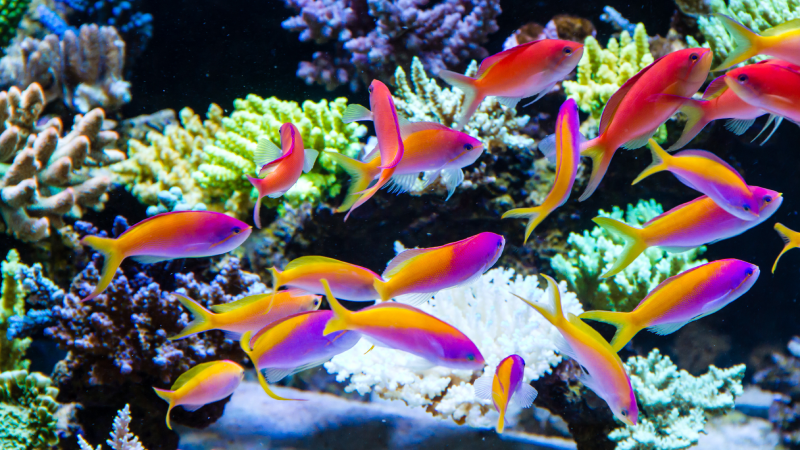
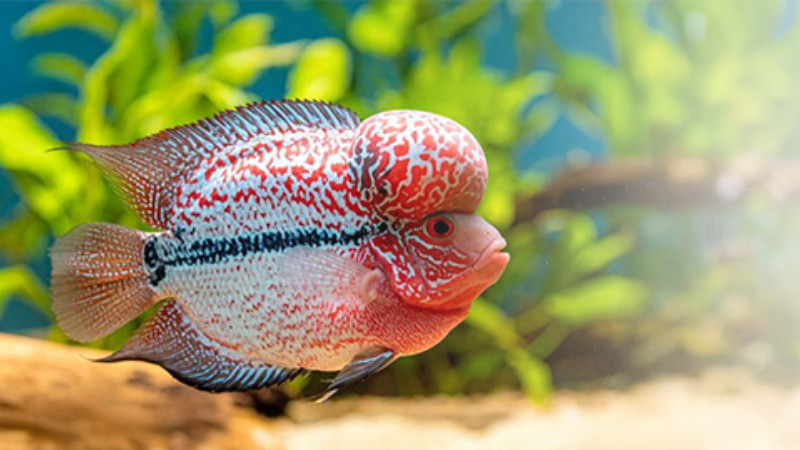
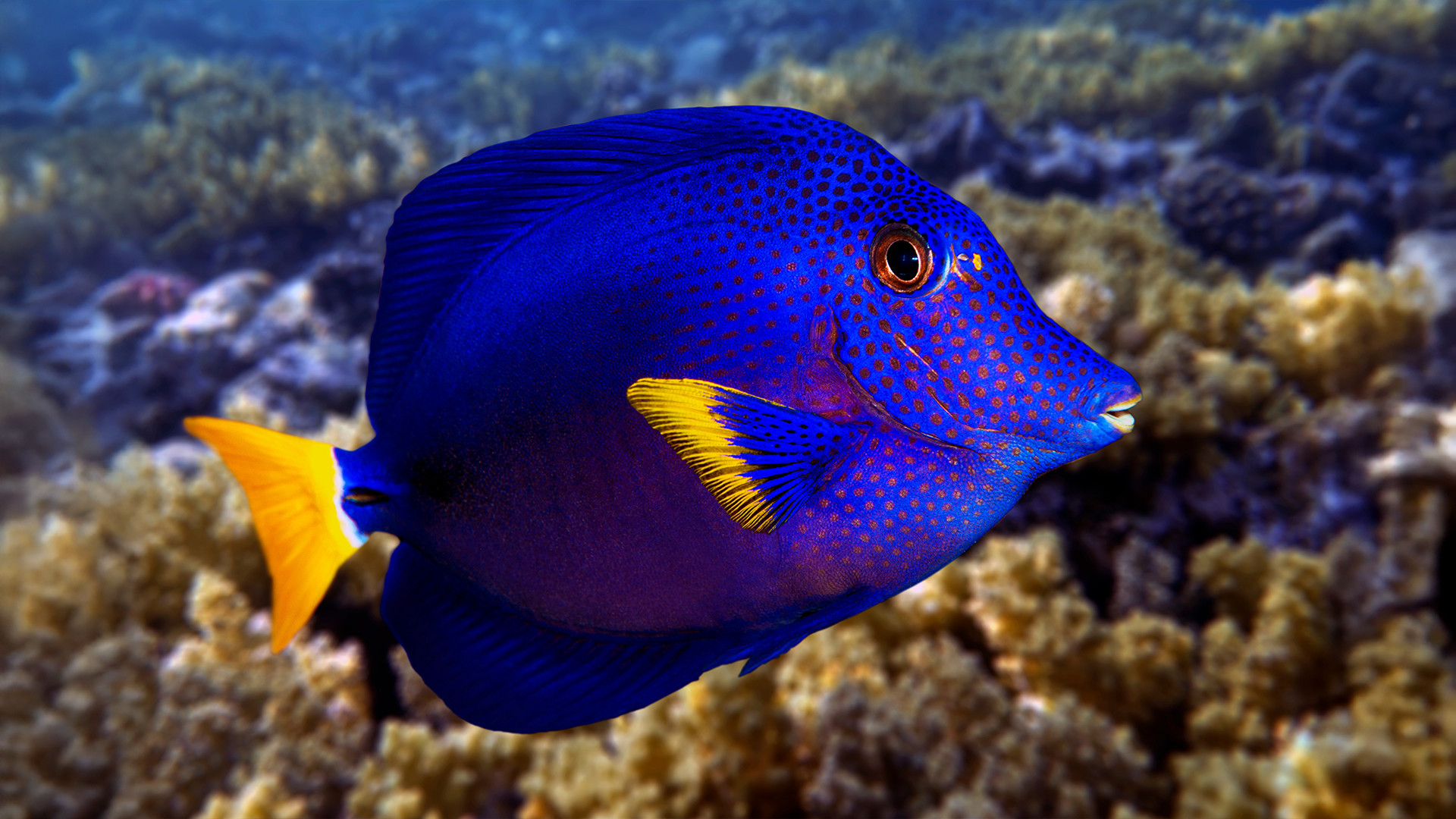


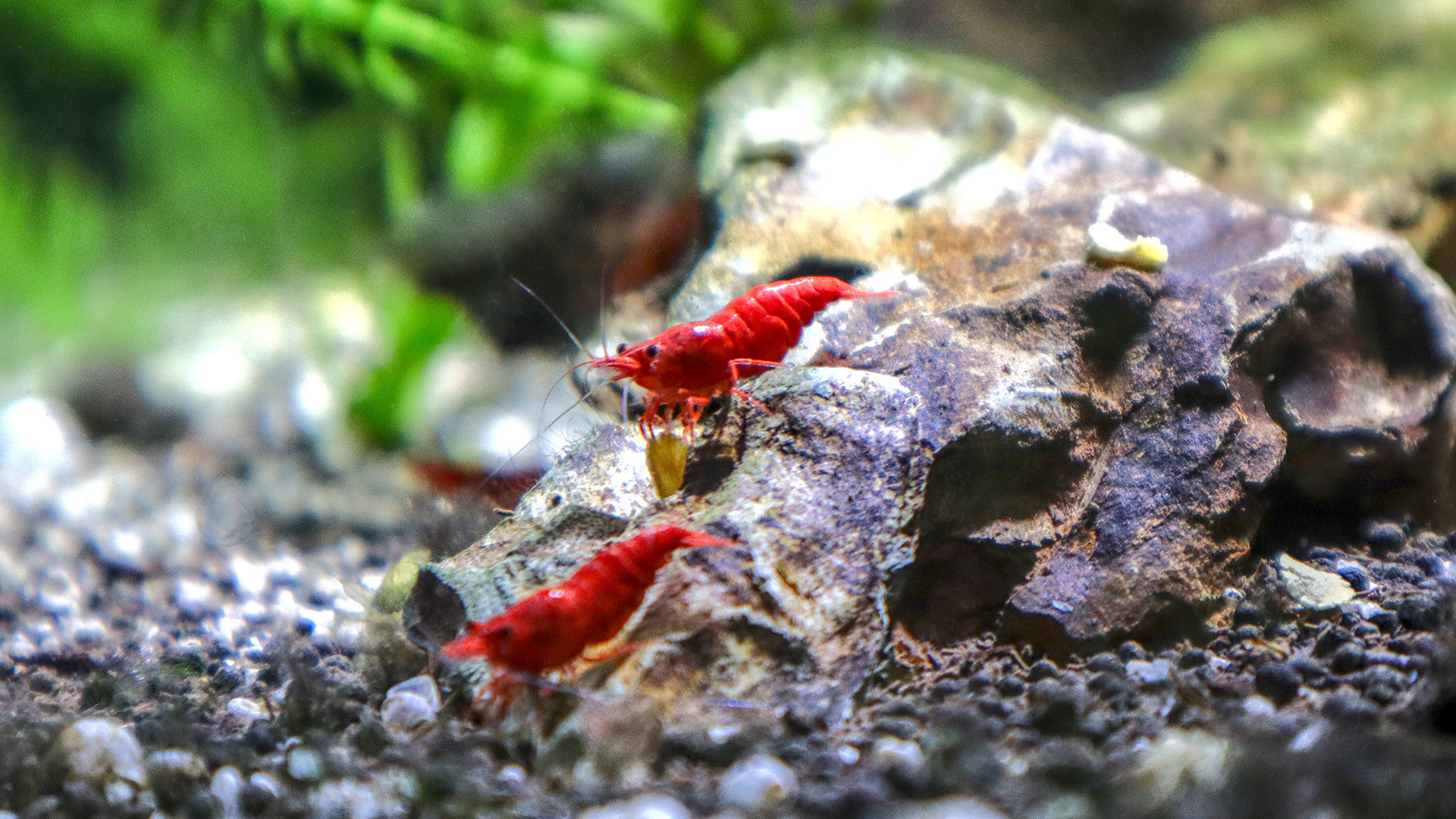
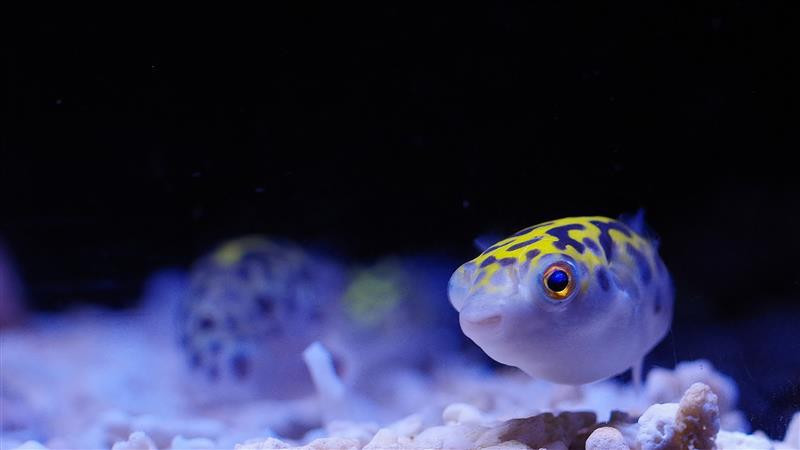
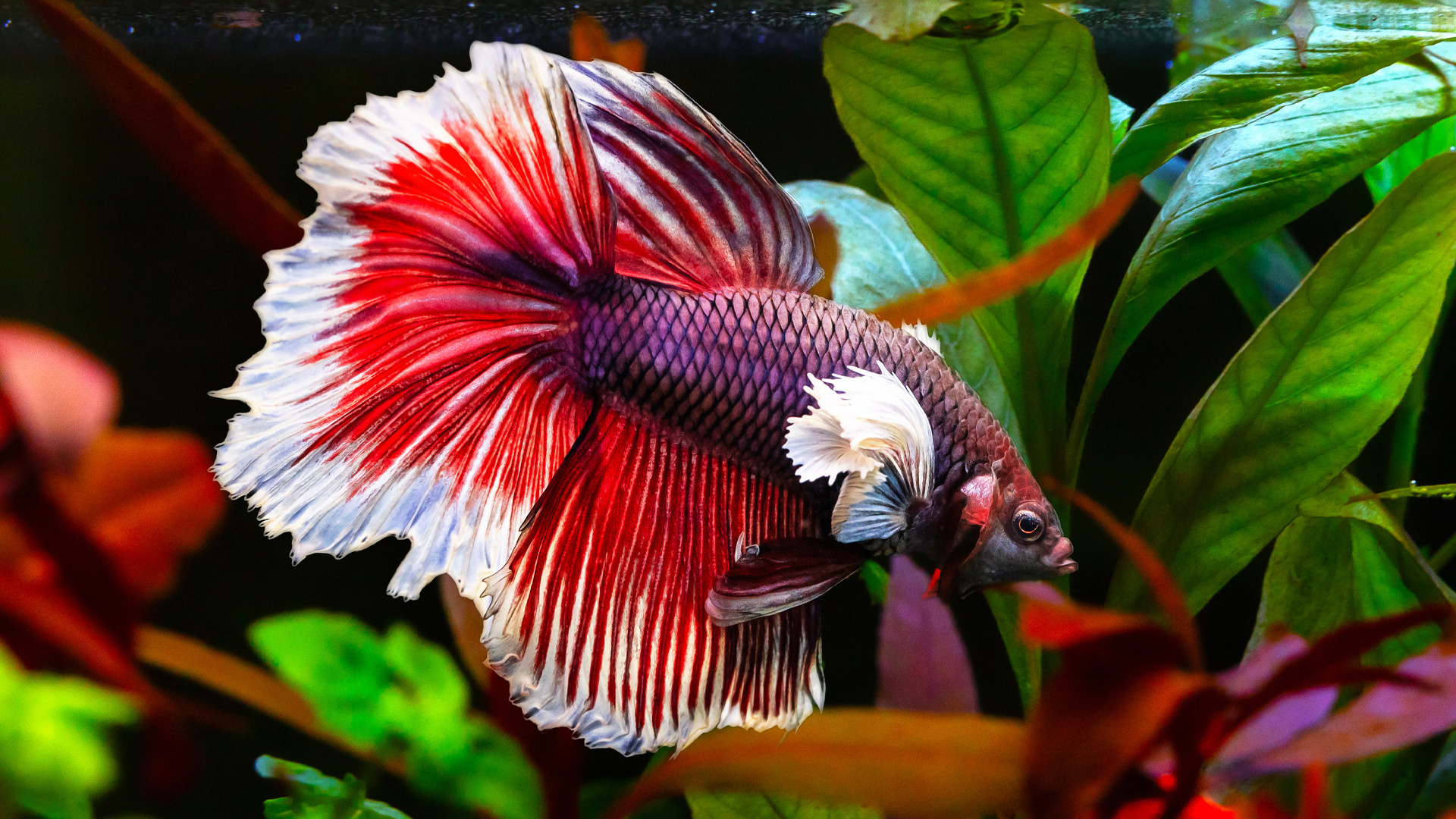
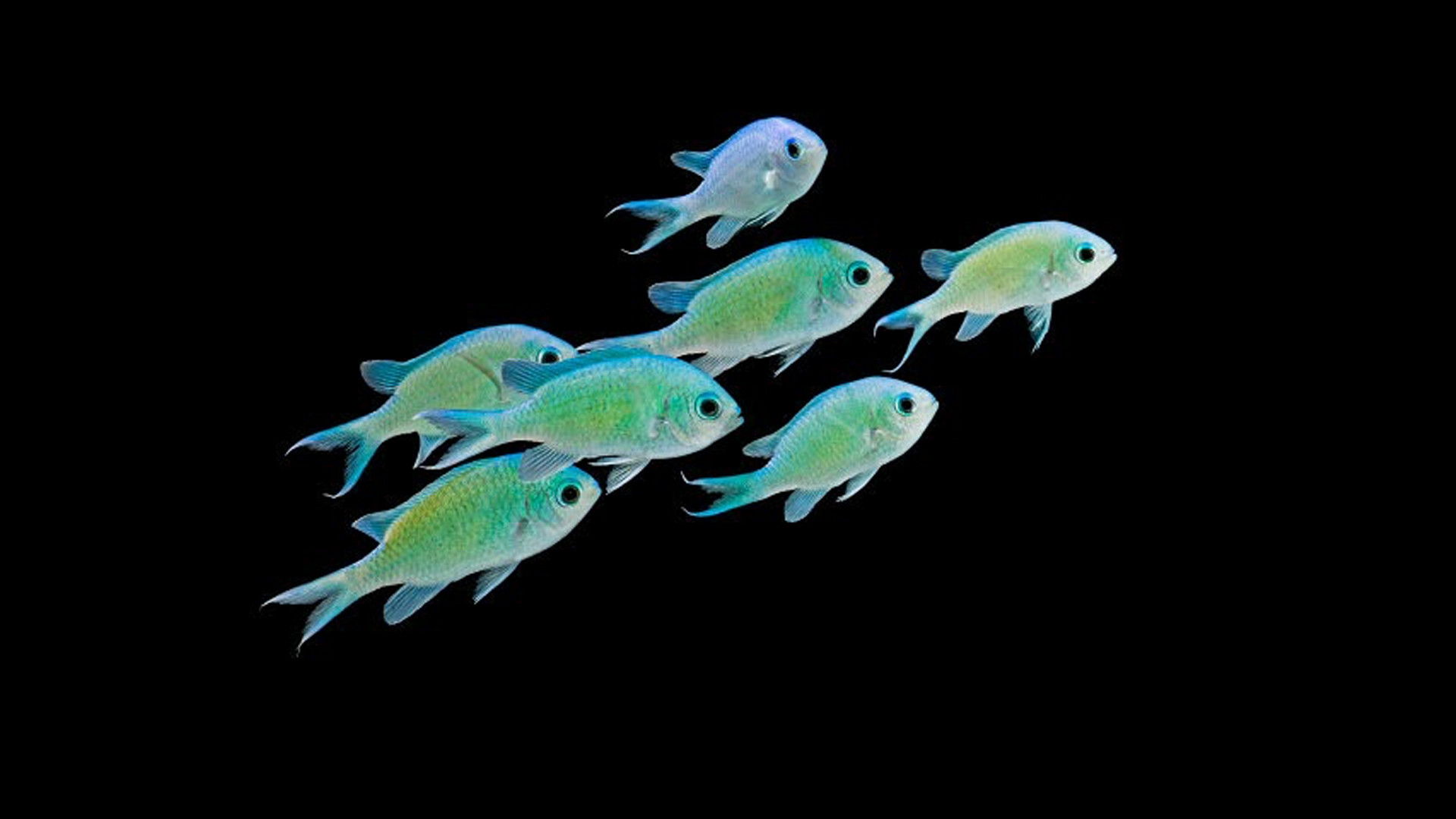

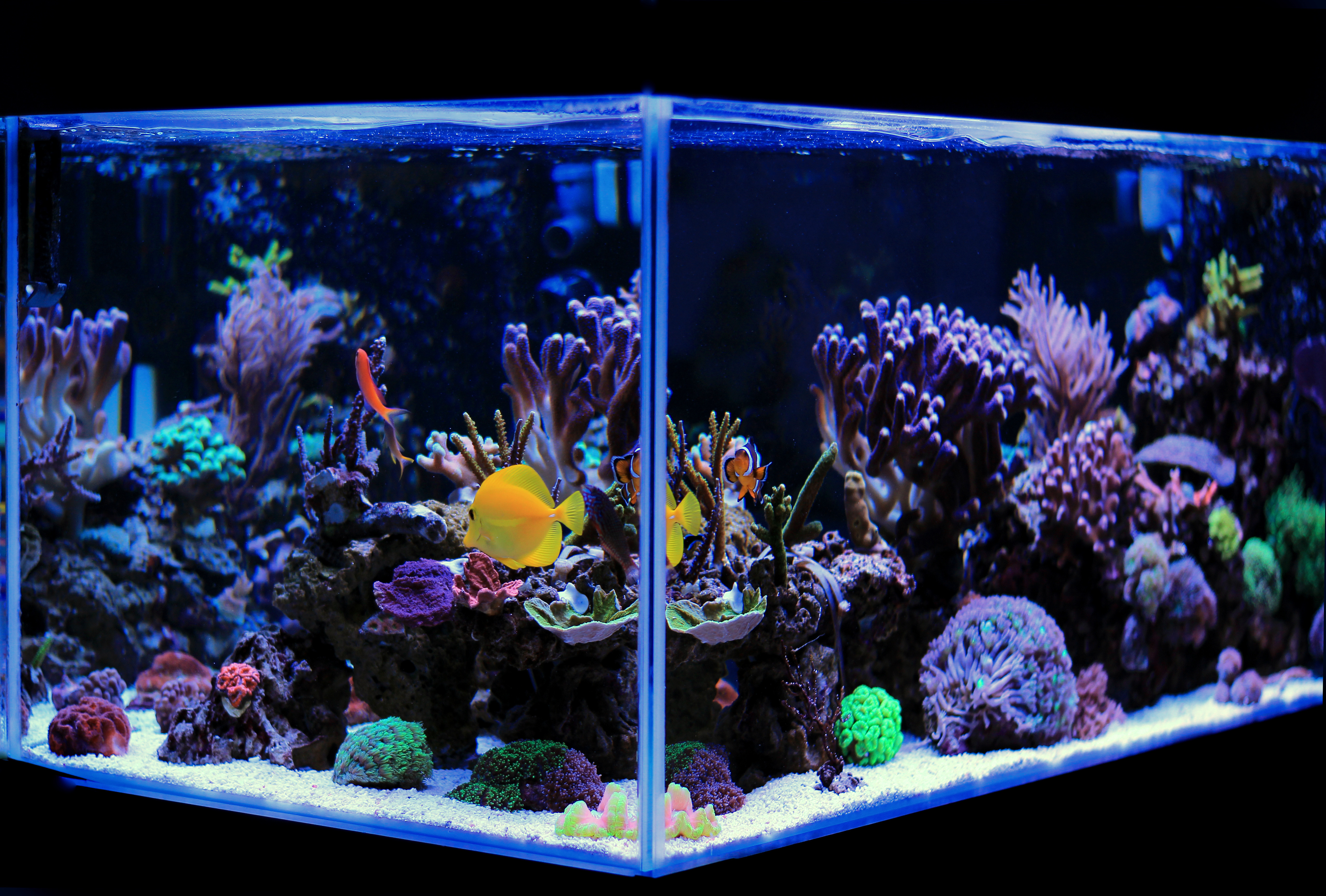
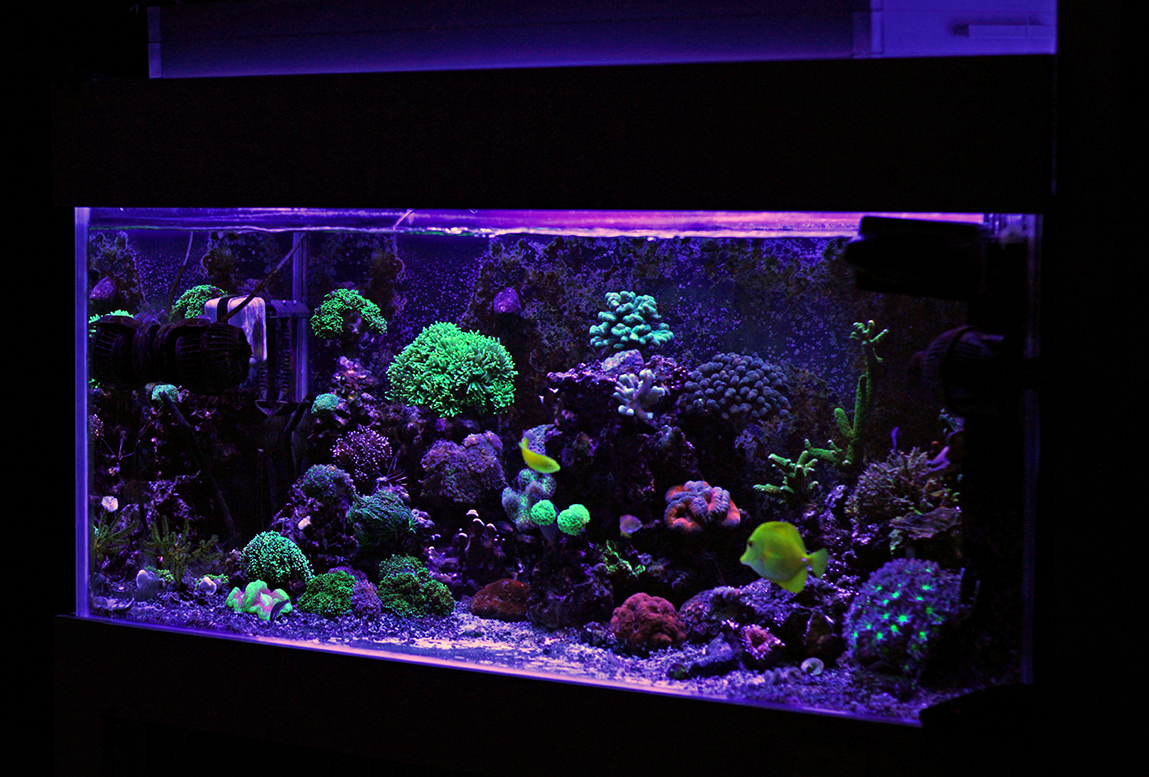
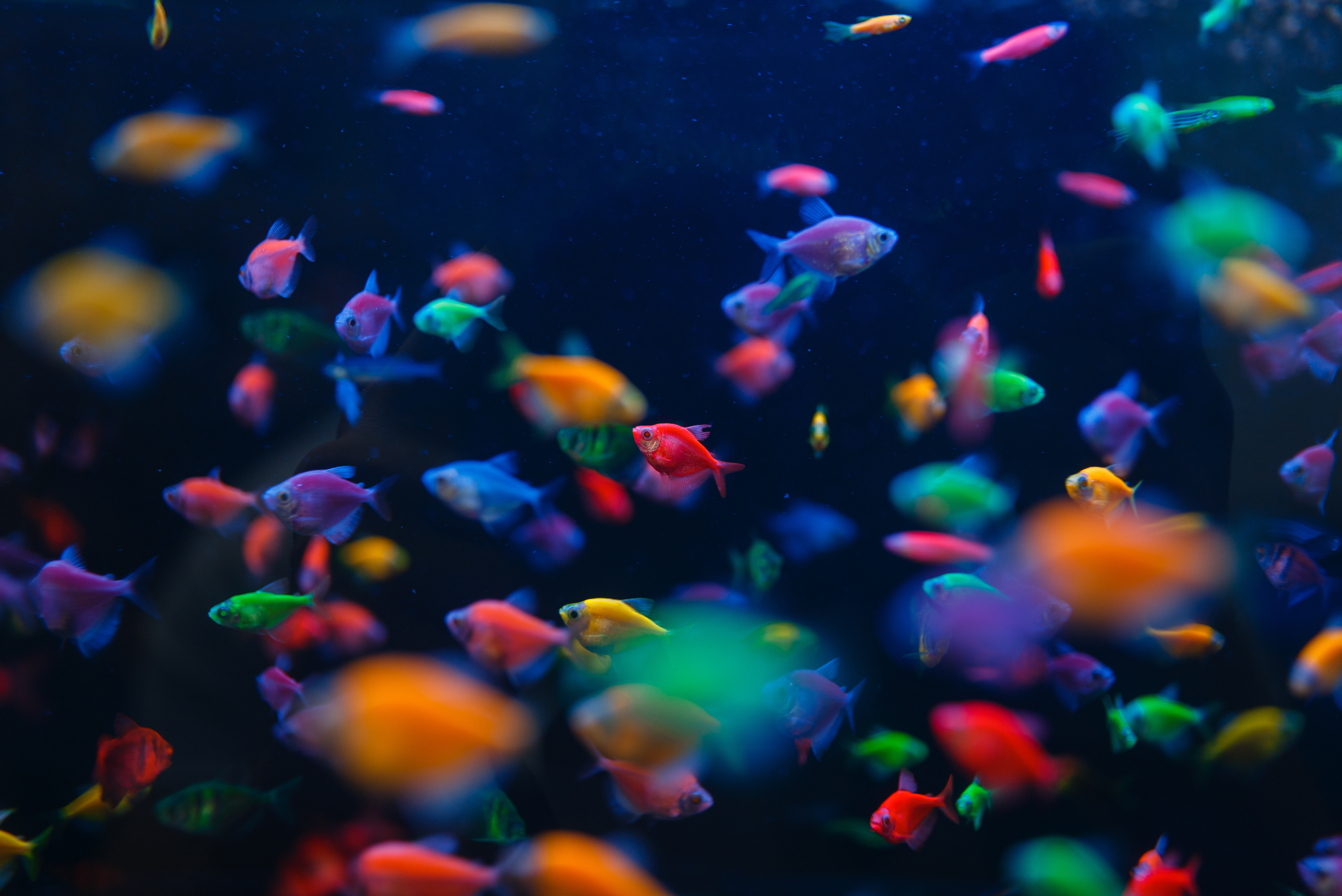

Leave a comment